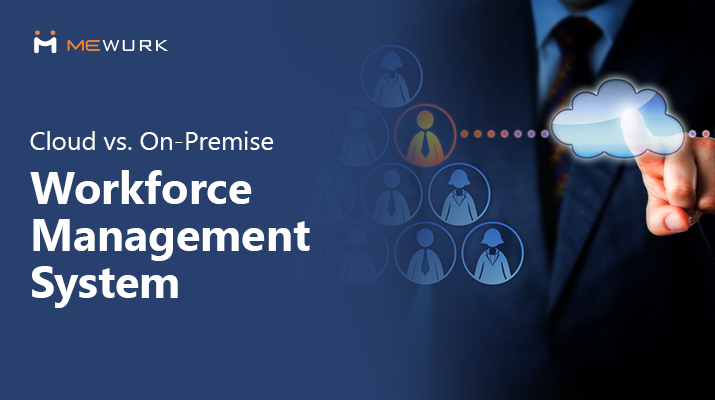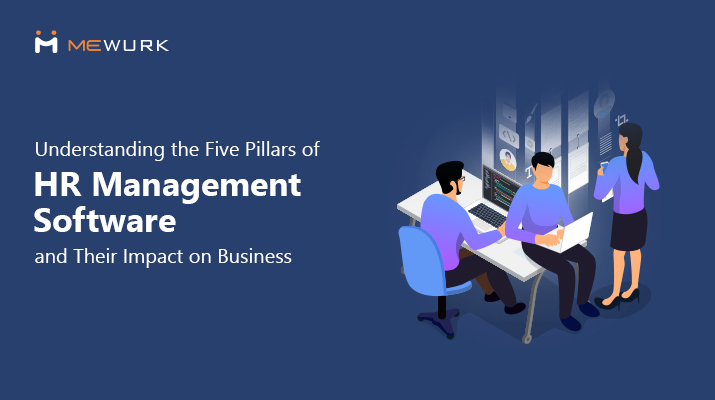
Understanding The Five Pillars of HR Management Software And Their Impact On Business
What would you do if your HR management software suddenly stopped working overnight? Picture walking into the office to find that attendance records, payroll processing, leave tracking, and critical employee data are completely inaccessible due to the HR software crashing.
Things will suddenly start to fall apart. Managers will be forced to shift their focus to tasks that were previously not demanding any mental exertion. Employees will be seen losing motivation and spending break hours complaining, "Yaar, kab tak yeh bakwaas chalega?" (Dude, how long will this nonsense go on?).
If the HR management software malfunction persists, it will even start to penetrate other business areas, such as customer relationship management, sales, and so forth. Could your business operations survive such a crisis?
HR management software has become the backbone of modern workforce operations. But what makes an HR system truly indispensable? The answer lies in five fundamental pillars that define its strength, efficiency, and impact on business success. In this blog, we’ll break down these pillars and explore how they make a difference in today’s workplaces.
The Five Pillars That Define the Best HR Management Software
Pillar 1: Core HR & Employee Data Management
The Core HR and Employee Data Management features form the very foundation of any HR management software. While helping you accomplish critical human resource management tasks like maintaining employee records and organisational charts, it also offers tools for effective document management and robust reporting capabilities.
As for document management, a well-designed HR management software could serve as the central repository for all sorts of employee records (e.g., contracts, certifications, performance history), operational records (e.g., workflow processes, compliance documentation), and company records (e.g., organizational policies, strategic plans)—all stored in a single digital repository.
Additionally, HRs or managers can set automated reminders for documents which require periodical renewals or policy updates to enhance regulatory compliance.
Pillar 2: Recruitment & Onboarding
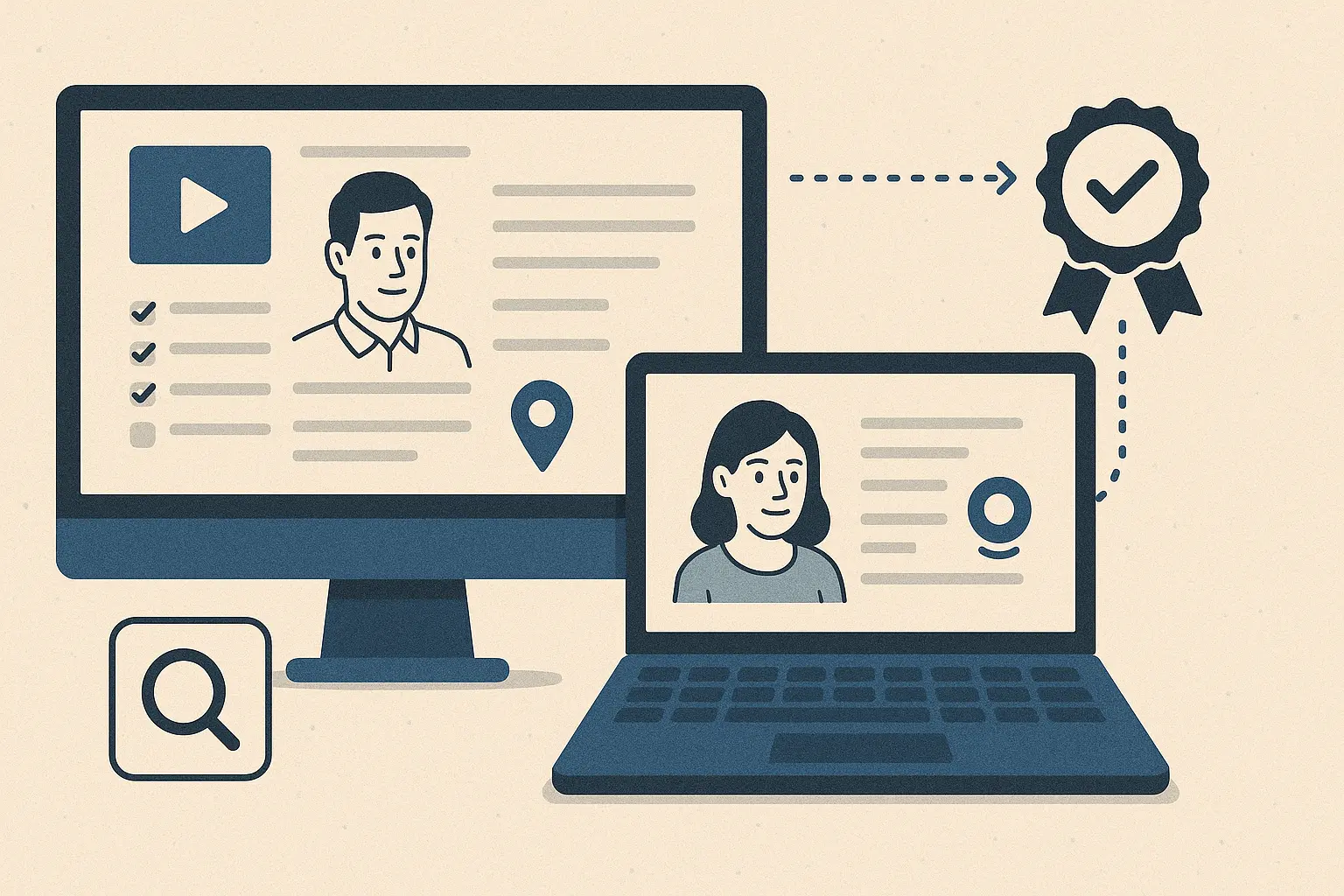
For an organisation to thrive in the long run, it must excel at attracting and integrating the best talent available. For successful talent acquisition, you need reliable systems and clear recruitment and onboarding procedures, often supported by HR management software features like applicant tracking systems (ATS), automated communication workflows, and structured onboarding programs.
For example, an ATS can sort through thousands of resumes to identify qualified candidates while automating interview scheduling. Once the shortlisted candidates are hired, the management can choose from the respective onboarding workflows to initiate new employees to complete necessary forms and go through training modules without delays. This could mean hiring faster, giving candidates a better experience, and speeding up onboarding!
Pillar 3: Talent Management & Performance
For those evaluating the best HR management software, robust talent management and performance monitoring are essential pillars. They focus on overall employee development and career progression. From setting periodical performance reviews to goal-setting modules to learning management systems (LMS) to succession planning tools, these are vital for creating a clear path for employee growth within the organisation.
For instance, HR management software with a performance review system that accommodates a 360-degree feedback mechanism or is customisable as per individual goals with organisational objectives via SMART criteria can create a more objective and fair evaluation process. Another key feature is LMS platform integration. With the help of learning management systems, organisations can design training programs to upskill employees or prepare high-potential individuals for leadership roles.
Pillar 4: Payroll & Compensation in HR Management Software

Managing employee compensation is one of the most complex and time-intensive responsibilities in any organization. That’s why payroll and compensation management stands as a crucial pillar. Advanced HR and payroll management software that automates the calculation and distribution of wages, taxes, and benefits, while also ensuring compliance with tax regulations, will improve workflow and facilitate a more structured and reliable payroll process.
If the payroll system is more adaptive to automatically calculate overtime pay or deduct applicable taxes based on local laws, it is even smarter. As for benefits administration tools, they make employees' lives much less stressful by simplifying the selection of healthcare or retirement plans through self-service portals.
Pillar 5: Time & Attendance
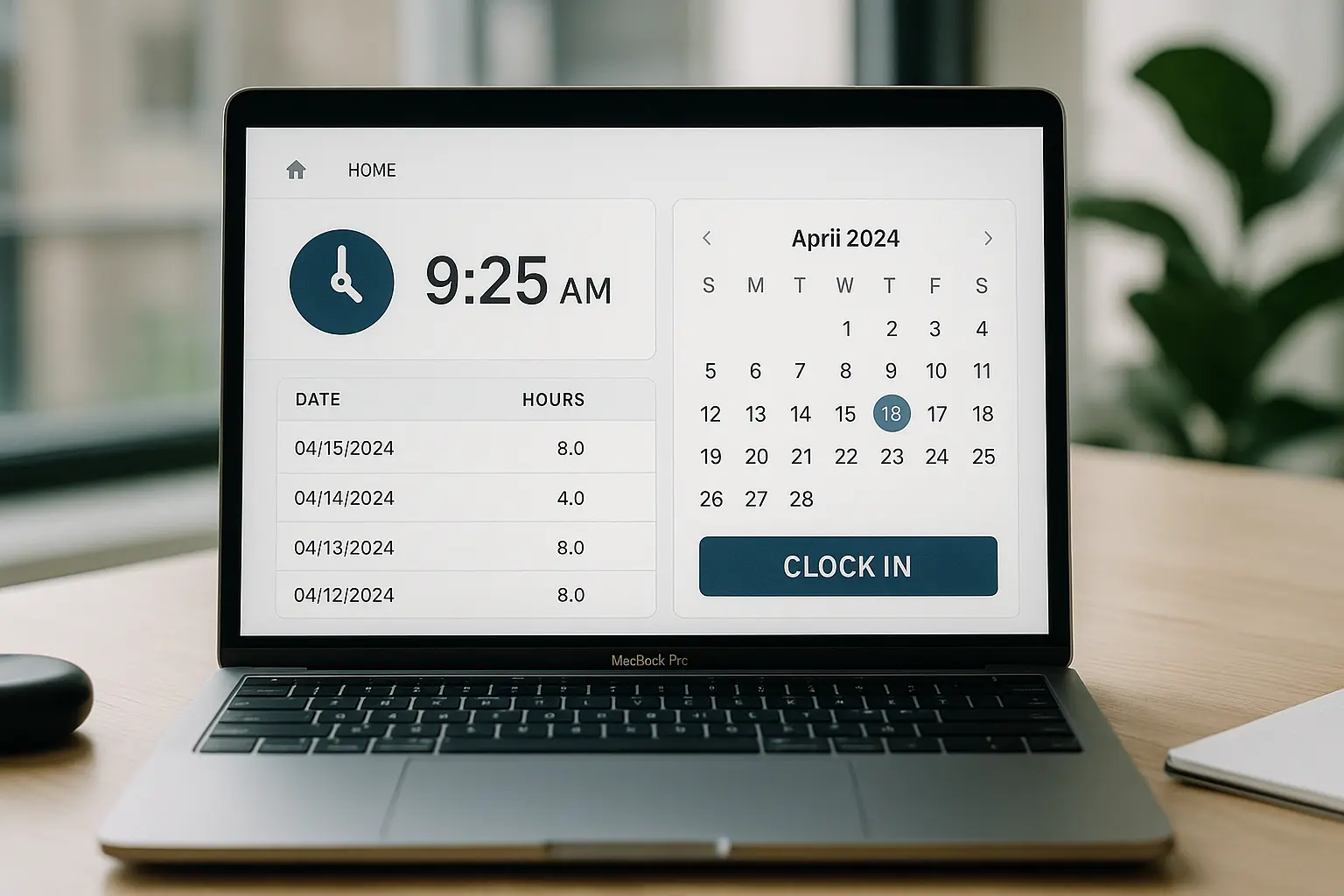
Time and attendance systems track employee work hours, leave requests, and overall attendance patterns with precision. In the broad sense, this may come to mean other key features like time-tracking tools, leave management systems, and scheduling capabilities. Mobile access to these features is essential for remote workers. Advanced HR management software with time and attendance modules facilitates employee self-service options, which benefit both employees and stakeholders.
For instance, employees can clock in through mobile apps or request leave digitally while managers approve schedules from their dashboards of the system. While bringing more accuracy to the attendance and leave records, these smart capabilities help keep absenteeism under check by identifying patterns of frequent tardiness or unplanned leaves.
You will also have them assist in ensuring accurate labour cost tracking for payroll purposes. Across numerous scenarios and case studies, we've found that early visibility into attendance trends is for prompt and proactive interventions in smart workforce management.
Why Do the Five Pillars of HR Management Software Matter So Much for Your Organisation?
Just as a building requires strong pillars to remain standing, an organisation's HR management software needs robust foundational elements to effectively support its workforce. Even with a highly skilled team selected through meticulous screening and rigorous skill assessments, their past achievements do not guarantee consistent future performance. Past success is no predictor of ongoing excellence.
This is precisely where comprehensive HR and payroll management software becomes critical. It acts as a strategic bridge that connects employee capabilities with the dynamic needs of the business. Ensures continuous alignment between individual potential and organisational objectives.
Summing Up
In the crowded marketplace of HR management software, businesses often struggle to distinguish between exceptional solutions and mediocre ones. The five essential pillars we've discussed provide a roadmap for identifying the best hr management software. Without these fundamental pillars (features), you'll find yourself trapped in a cycle of constant upgrades and frustrated by limited functionality.
Are you tired of workforce management solutions that fall short of your organisational needs? Mewurk isn't just another HR and payroll management software. It is a comprehensive solution packed with powerful features. From attendance and leave tracking to document management, shift scheduling, task coordination, and biometric integration, we have designed it to be a system that anticipates and solves your most complex HR challenges.
Want to make HR easier? Experience the Mewurk difference with our free trial and discover how the right HR management software can simplify your workflow. Get in touch today and take the first step towards operational excellence.
Most Popular Post
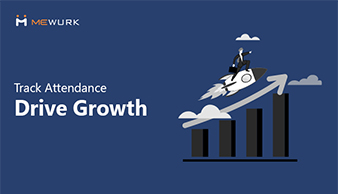
Why Accurate Attendance and Leave Management Matters for Business Growth?
Read More →Why Accurate Attendance and Leave Management Matters for Business Growth?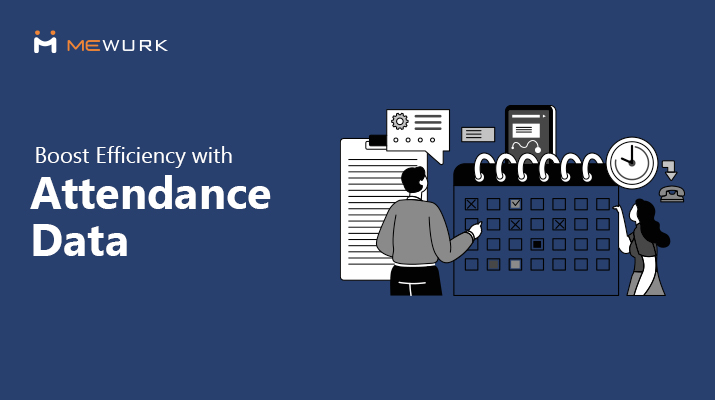
How To Leverage Attendance Data For Better Workforce Management?
Read More →How To Leverage Attendance Data For Better Workforce Management?